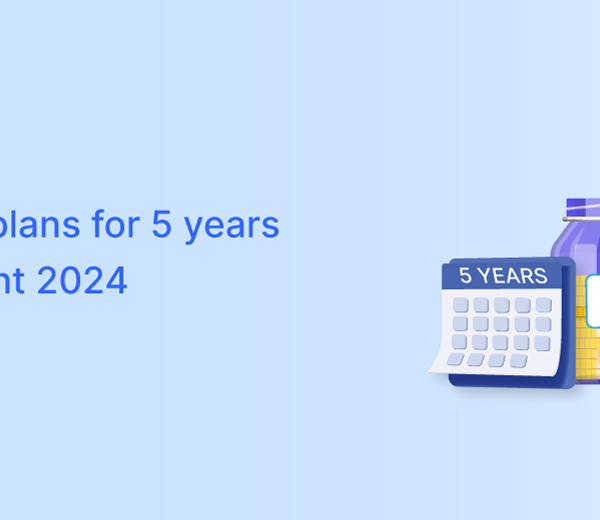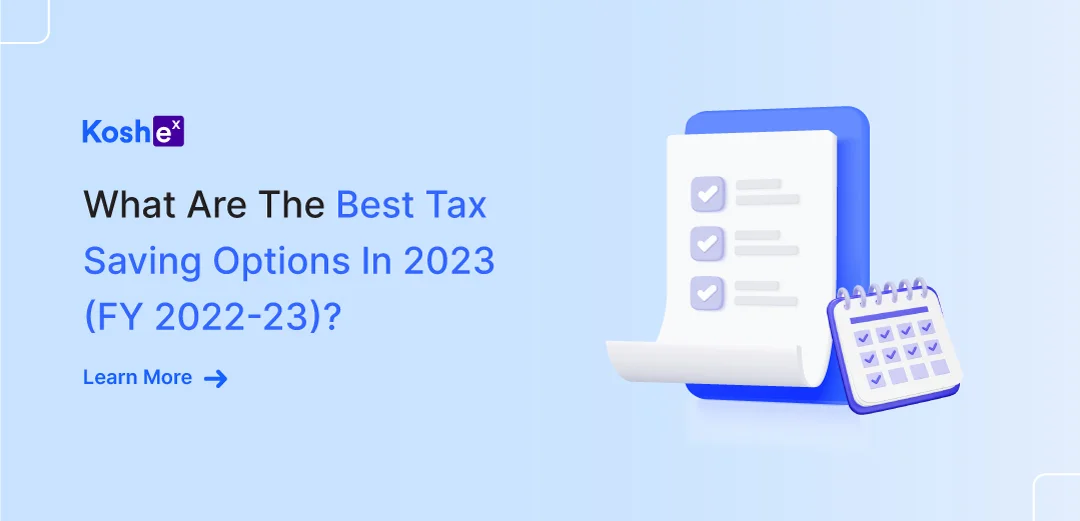Tax planning is essential for individuals earning above 10 lakhs in India. This comprehensive guide equips you with the knowledge to optimize your take-home income through proven strategies and informed decision-making.
As a professional earning above 10 lakhs, you have the advantage of utilizing both standard deductions and various deductions under different sections of the Income Tax Act. This guide will explore these avenues, ensuring you are well-informed about the benefits offered by both the old and new tax regimes.
Old Regime vs. New Regime: Navigating Tax Efficiency
For individuals with an annual income exceeding 10 lakhs, there’s an opportunity to optimize tax benefits through a combination of standard deductions and various provisions outlined in different sections of the Income Tax Act. Let’s explore the advantages provided by both the traditional and contemporary tax frameworks, guaranteeing the maximization of tax efficiency.
Understanding Standard Deduction
The Standard Deduction, which was introduced in 2020, has a significant impact on tax planning for individuals who earn above 10 lakhs. This deduction is available to all salaried individuals and amounts to ₹50,000, which simplifies the filing process and reduces taxable income. Regardless of their income level, all salaried individuals can benefit from this deduction and increase their savings. By understanding the Standard Deduction, individuals can use it to optimize their tax liabilities.
Exploring Deductions under the Old Tax Regime
- House Rent Allowance (HRA):
For those receiving House Rent Allowance (HRA) while residing in a rented house, tax deductions can be claimed under Section 10(13A) of the Income Tax Act. The deductible amount varies, contingent on the actual HRA received, rent paid, and the city of residence. This provision ensures that individuals can benefit from tax relief corresponding to their housing expenses. - Leave Travel Allowance (LTA):
Under Section 10(5) of the Income Tax Act, Leave Travel Allowance (LTA) provides opportunities for tax exemptions. To avail of this benefit, individuals need to submit evidence of travel expenses incurred within India. The exemption is limited to actual travel expenses and is subject to specified conditions, offering a tax-saving avenue for those undertaking domestic travel. - Medical Reimbursements:
Section 17(2)(viii) of the Income Tax Act allows tax exemption for reimbursements of medical expenses up to ₹15,000 per year. Proper documentation is crucial for claiming this exemption, emphasizing the importance of maintaining records of medical expenditures. This provision not only promotes the well-being of individuals by providing relief for medical costs but also offers a tangible tax advantage, contributing to overall financial health.
Incorporating these allowances into financial planning ensures that individuals enjoy essential benefits such as housing, travel, and medical coverage and leverage them strategically for significant tax savings.
Maximize Savings Under the Old Tax Regime: 4 Strategies for Investors
While the new tax regime offers simplicity, the old regime still provides valuable tax benefits for investors. Here are 4 strategies to maximize your savings:
1. Leverage Section 80C: Invest in PPF, ELSS, NPS, and other Section 80C options up to the ₹1.5 lakh limit. This reduces your taxable income and offers long-term wealth creation.
2. Optimize HRA: Claim deductions on your rent based on HRA received, rent paid, and your city. This significantly lowers your tax liability.
3. Claim LTA benefits: Plan domestic travel and submit proper documentation to claim tax exemptions on travel expenses under Section 10(5).
4. Utilize medical reimbursements: Get reimbursements for medical expenses up to ₹15,000 per year under Section 17(2)(viii). This saves you tax while insuring your health.
By implementing these strategies, investors can maximize their tax savings under the old regime and optimize their financial well-being.
Leveraging Deductions and Exemptions under the New Tax Regime
Maximizing Tax Efficiency through Chapter VI-A Deductions
In the new tax regime, individuals have the flexibility to forego various deductions in exchange for lower tax rates. While this approach offers simplicity, certain deductions under Chapter VI-A remain beneficial. Notably, investments in the National Pension Scheme (NPS), Public Provident Fund (PPF), and Employee Provident Fund (EPF) still provide avenues for tax savings.
Interest from Savings Accounts
Additionally, interest earned from savings accounts can be strategically managed for tax advantages. According to Section 80TTA, interest income up to ₹10,000 is exempt from taxation. To maximize this exemption, individuals with multiple savings accounts can consolidate their interest income, ensuring they fully leverage this tax-saving opportunity. This dual strategy allows taxpayers to optimize their tax liabilities under the new regime, striking a balance between simplicity and strategic financial planning.
Saving Tax under the New Regime: Savvy Strategies for Investors
Investing and saving taxes go hand-in-hand. The new tax regime offers exciting opportunities for investors to optimize their returns while minimizing their tax burden. Here are some key strategies:
- Embrace Chapter VI-A deductions: Maximize tax savings through investments in NPS, PPF, and EPF.
- Consolidate savings accounts: Combine interest income from multiple accounts to fully leverage the Section 80TTA exemption.
- Explore ELSS: Invest in Equity-Linked Saving Schemes (ELSS) for potential capital appreciation and tax deductions under Section 80C.
- Leverage NPS: Claim additional tax benefits of up to ₹50,000 through contributions to the National Pension Scheme (NPS).
- Prioritize health insurance: Enjoy tax deductions under Section 80D for health insurance premiums.
By employing these strategies, investors under the new regime can navigate the tax landscape effectively and unlock significant financial gains. Remember, staying informed and making strategic choices are key to maximizing your tax savings journey.
Conclusion: Empowering Employees with Tax-Saving Strategies
Saving taxes on a salary above 10 lakhs demands strategic planning. By understanding old and new tax regimes, and exploring investments, and deductions, individuals can significantly reduce their tax burden. Take control of your tax planning journey to unlock substantial income tax savings!
In essence, taking control of your tax planning journey requires a proactive and informed approach. It involves staying abreast of the evolving tax landscape and making prudent investment decisions. By doing so, individuals can navigate the intricate web of tax regulation and unlock substantial income tax savings, providing a financial advantage and peace of mind. Embrace the power of strategic tax planning to secure your financial future effectively.
Ready to embark on your tax-saving journey? Sign up with Koshex for personalized insights and guidance!
FAQs
1. What is the significance of the Standard Deduction in tax planning for salaries above 10 lakhs?
The Standard Deduction under Section 16 of the Income Tax Act offers a ₹50,000 deduction to individuals earning salaries above 10 lakhs. It simplifies tax filing and is a valuable tool for all salaried individuals.
2. How can I benefit from deductions under the old tax regime, particularly in terms of housing, travel, and medical expenses?
Individuals in the old tax regime can leverage House Rent Allowance (HRA) for housing expenses, Leave Travel Allowance (LTA) for domestic travel, and medical reimbursements under Section 17(2)(viii) for medical expenses. These allowances not only enhance well-being but also offer tangible tax advantages.
3. What strategies can individuals earning above 10 lakhs employ under the new tax regime to maximize tax efficiency?
Under the new tax regime, individuals can maximize tax efficiency through Chapter VI-A deductions, managing interest from savings accounts, and strategic investments. Equity-Linked Saving Schemes (ELSS), contributions to the National Pension Scheme (NPS), and health insurance premiums are key avenues for optimizing tax liabilities.









Leave a Comment